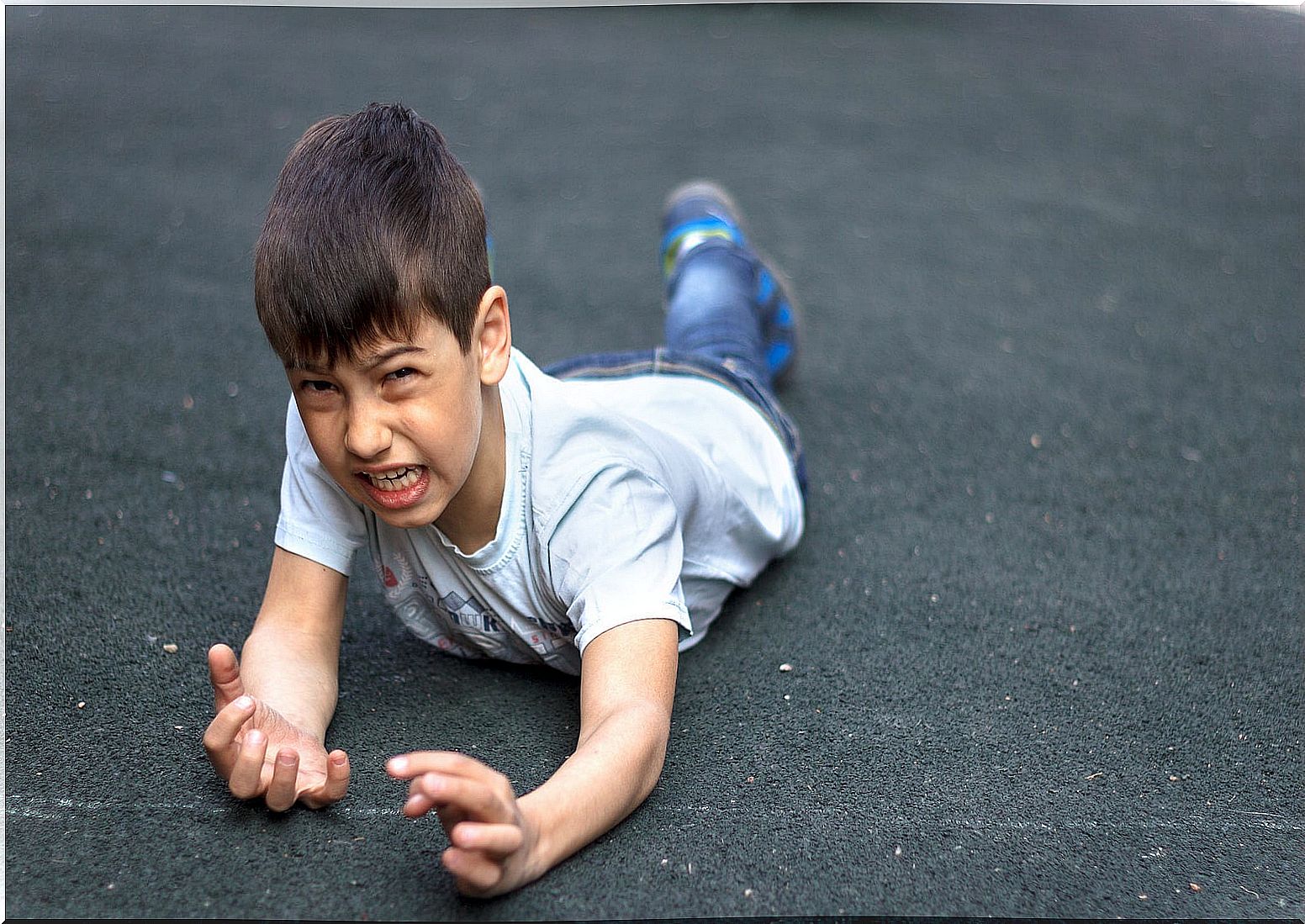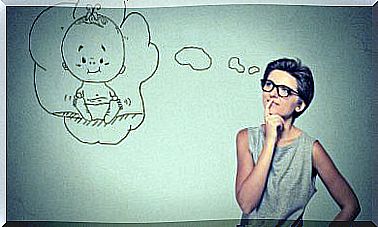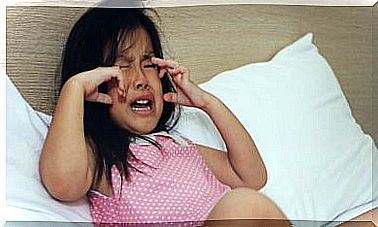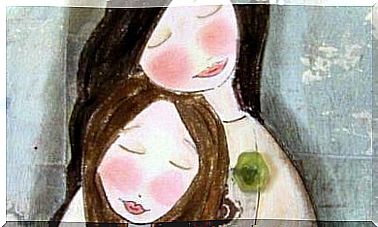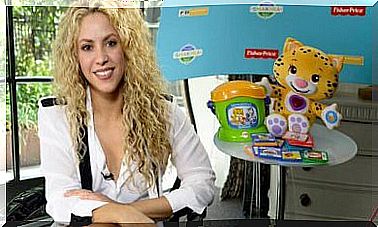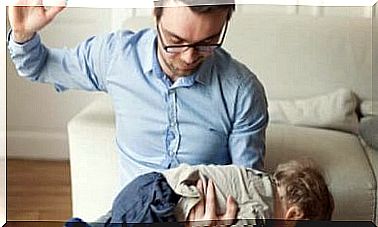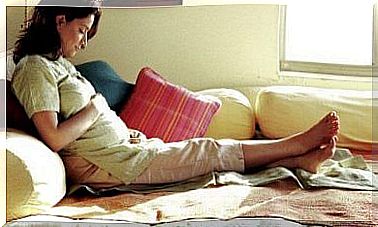Dental Avulsion In Children: What It Is And How To Act
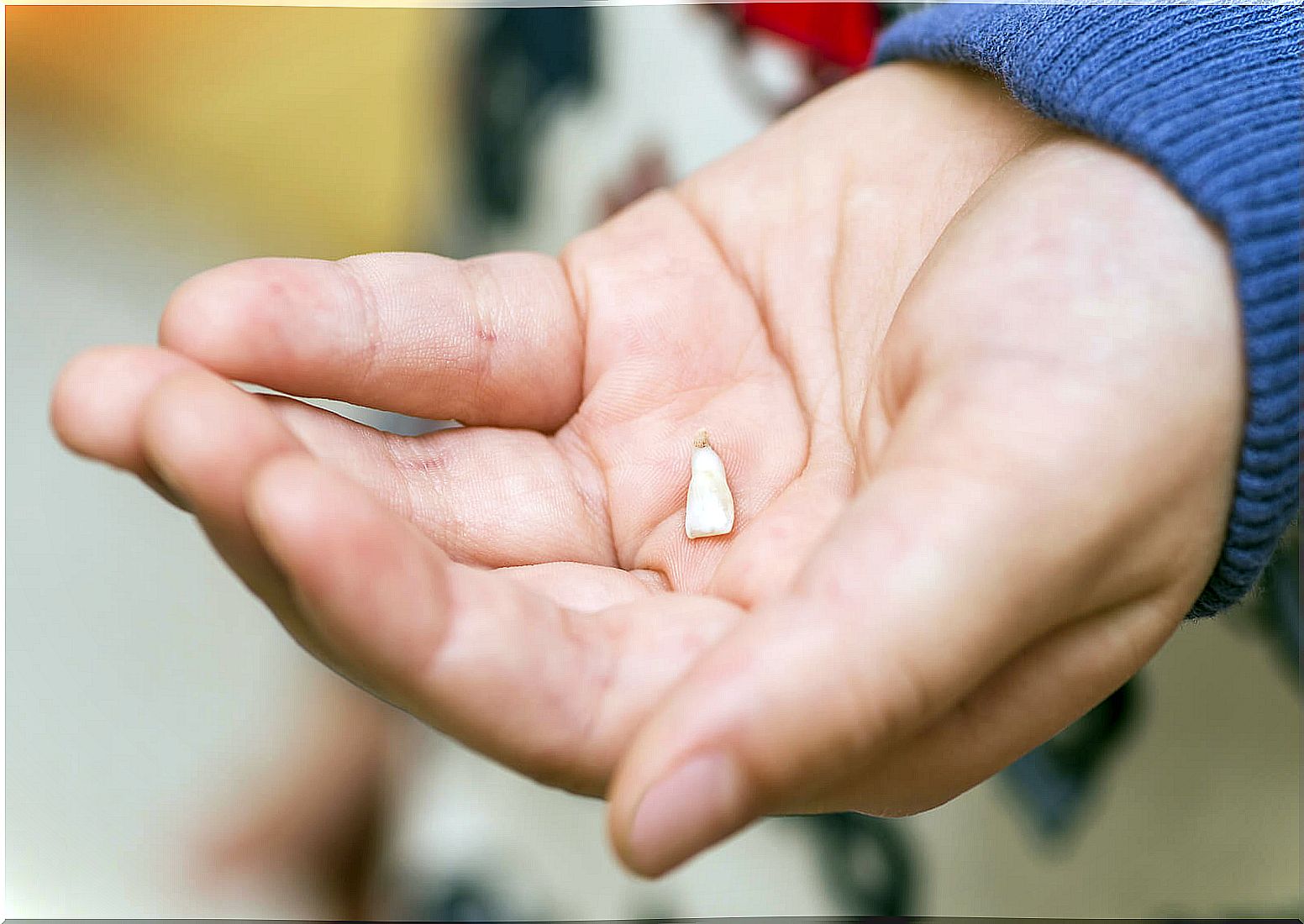
Children’s joy in their games and sports can sometimes be overshadowed by blows and trauma to the mouth. In these accidents it is possible that dental avulsion occurs in children, a situation in which a tooth is ejected from its place. It is a time of tension, pain, and stress. As a parent, you need to know what to do to calm and help your little one at that time. We tell you how.
What is a dental avulsion in children?
Dental avulsion in children is the complete exit of a dental element from the socket where it was inserted. The tooth is expelled from the mouth in its entirety (crown and root of the tooth) without its structure being compromised.
The detachment of a tooth from its natural site occurs as a result of trauma or blow. It is considered a dental emergency, as it is necessary to act quickly to solve the situation.
Dental avulsion in children can occur in both the primary and permanent dentition. The upper incisors are the most frequently affected elements because they are the most exposed when suffering a blow to the mouth.
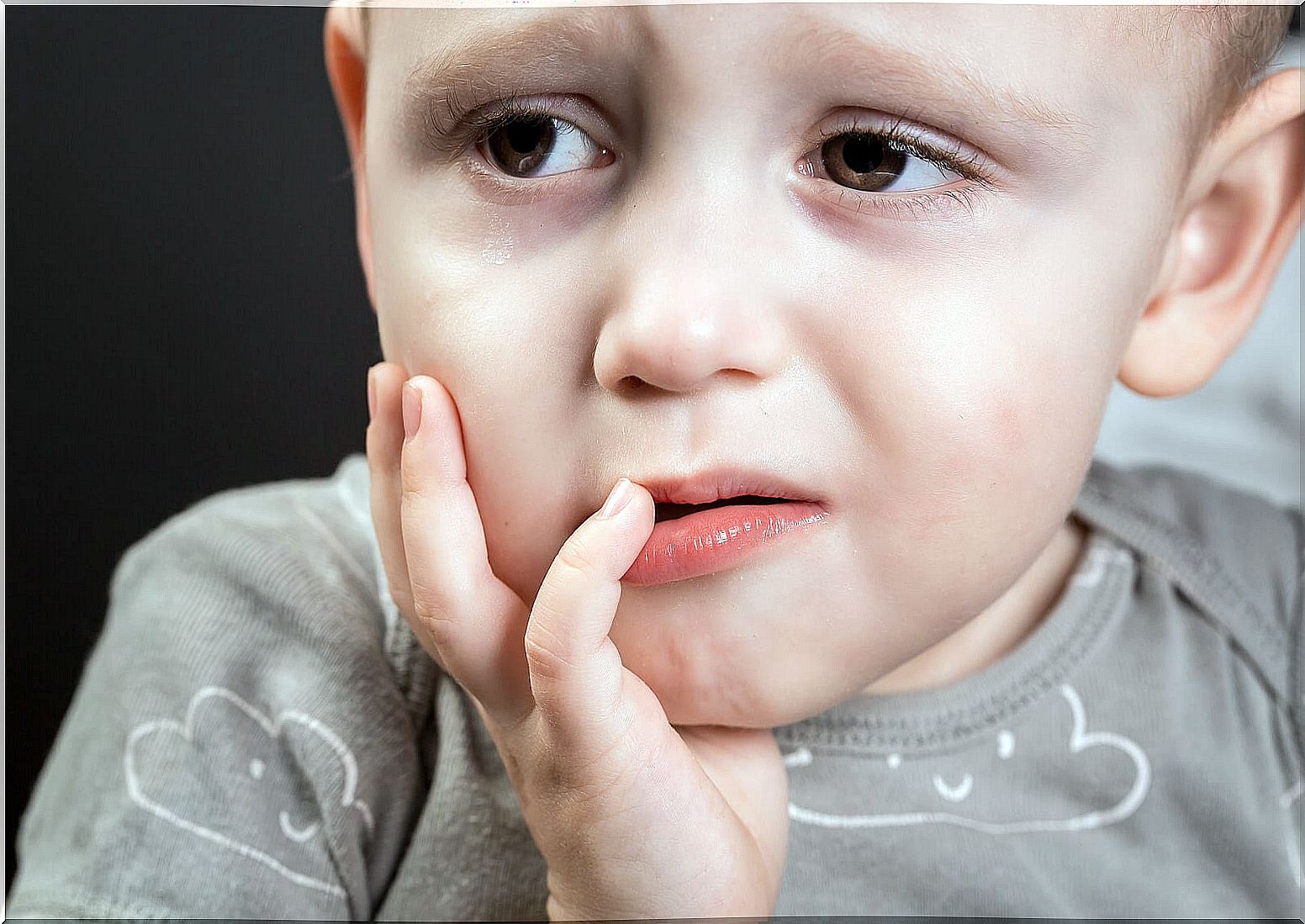
What to do in front of a dental avulsion in children?
When suffering this type of trauma, the child presents pain, bleeding and a stressful situation is generated. It is the responsibility of the adult in charge to remain calm to act quickly and appropriately. The steps to follow will be different if the tooth expelled from the mouth is a milk tooth or a permanent one.
Avulsion of a temporary tooth
In cases where the expelled dental element is made of milk, it should not be re-implanted in the socket, as it could damage the germ of the permanent element that is being formed within the bone.
What should be done is to go urgently to the dentist. The professional will carefully examine the entire injured area and take X-rays to look for bone fractures and make sure there are no tooth fragments left in other areas.
Avulsion of a permanent tooth
In cases where the tooth expelled from the mouth is permanent and the child does not present serious complications that require an urgent visit to the hospital (loss of consciousness, bleeding, vomiting, confusion), the adult should contact a dentist to help and advise. at that moment. The steps to follow are those:
- Find the tooth : try to find the ejected tooth as quickly as possible. Take it by the crown and never by the part of the root, which must be kept intact.
- Clean the tooth : if the found tooth is very dirty, it should be washed with clean water for ten seconds, grasping it from the crown. The root zone should not be touched or rubbed or dried.
- Reposition the tooth : An attempt should be made to place the dental element in the correct position within the gap that it left in the mouth before the clot forms. The child is asked to chew on gauze or a tissue to keep the tooth in place. You will go urgently to the dentist.
- Transfer of the tooth : if it is not possible to reposition the tooth in its socket, it is necessary to keep it moist. It should be transported in a glass of milk or physiological solution, or inside the child’s mouth, under the tongue, taking care not to swallow it. It does not have to be placed in a handkerchief or napkin so it does not dehydrate.
- Urgently consult the dentist : take the child to the dentist as quickly as possible, preferably within the first hour after having suffered the trauma. The sooner the situation begins to be resolved, the better the prognosis.
Treatment
When the child arrives at the clinic, the dentist will be in charge of handling the situation and the care of the child will be the priority. The accompanying adults should control their anxiety to allow the professional to act and transmit peace of mind to the minor.
The dentist will do a clinical and radiographic examination. In the event that the affected tooth is definitive, it will be placed back in the socket (or its position will be controlled if the patient already had it reimplanted).

Then another follow-up X-ray will be taken with the tooth already in place. The child will be carefully bitten to test the bite to ensure there is no interference with the occlusion.
To hold the reimplanted tooth, the dentist will make a splint to immobilize it. This consists of joining it with orthodontic wire and composite (aesthetic material that is used in fillings) to the neighboring teeth to avoid any type of movement. The splint will be left on for at least three weeks.
The use of antibiotics and anti-inflammatories will be necessary to avoid infections, discomfort and to promote recovery. The placement of the tetanus vaccine will also be necessary.
In cases of avulsion of a temporary tooth, it is necessary to go quickly to the dentist in the same way. The dentist will monitor the affected hard and soft tissues.
Depending on the age of the child and the time remaining for the dental replacement, the placement of a prosthetic appliance may be necessary. This has the function of maintaining the space for the definitive teeth and returning lost aesthetics and functionality.
Recommendations after a dental reimplantation
After the dentist has reimplanted the tooth in its socket and has immobilized it, he will indicate certain special care:
- Soft diet : avoid foods that require a lot of chewing. Light and cold foods, such as smoothies, yogurts and ice creams, will help a better recovery.
- Rest of the area : do not bite with the reimplanted tooth.
- Maintain good oral hygiene : do not suspend oral hygiene. Brushing the area should be carefully and with a soft brush. The dentist may indicate supplementing with an antiseptic rinse.
- Periodic dental check- ups: periodic visits will be scheduled to control the evolution and to check the status of the splint. After the immobilization is removed, controls should be carried out at a month, 3 months, 6 months and a year. The reimplanted tooth element may need to receive root canal treatment at some point.
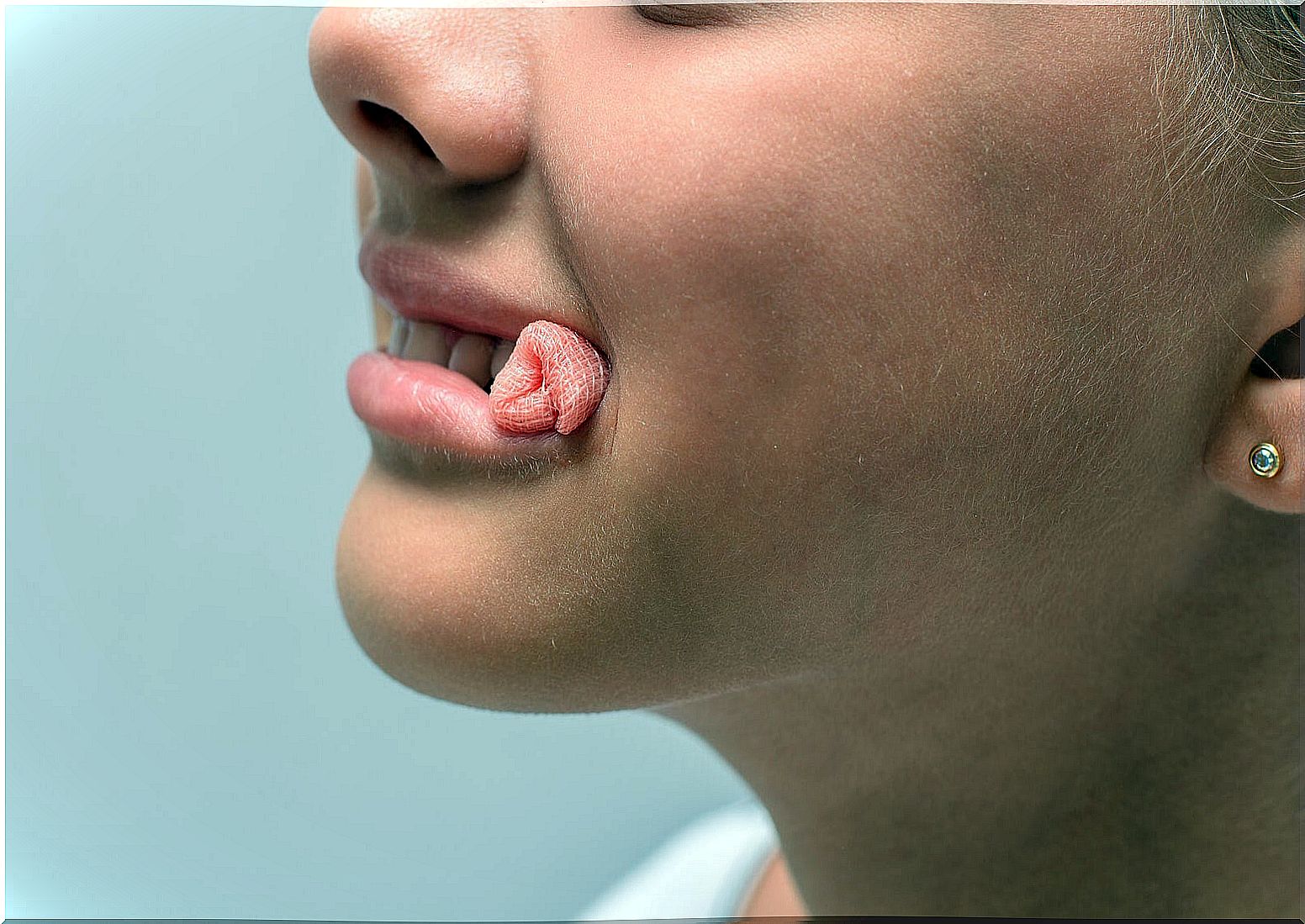
- Attention to complications : the dentist will give warning signs to pay special attention, such as the appearance of fistulas, discharge of pus, intense pain or swelling in the face.
How to prevent dental avulsion in children?
To avoid dental avulsion in children, it is important to avoid situations that favor bumps and falls. They should avoid jumping from moving swings and running around the edges of pools.
Since the upper teeth extruded outwards are at greater risk of injury, treating these malpositions with orthodontics is also a way of prevention. In the case of young children, it is advisable not to use walkers.
It is recommended to use mouth protection to practice risk sports and ride a bicycle or roller blades. The mouth guard is a transparent device that is placed in the mouth. It is a great ally to avoid dental avulsion, as it helps to cushion the blows to the jaw and to protect the dental elements.
Acting quickly is the key
Faced with a dental avulsion in children, knowing what to do and acting with haste, determination and calm will make a difference. The sooner you go to the dentist, the better the prognosis for the missing tooth element. Bumps in the mouth can be prevented, but sometimes they are unavoidable. If your little one loses a tooth due to trauma, you already know what to do to help him.
